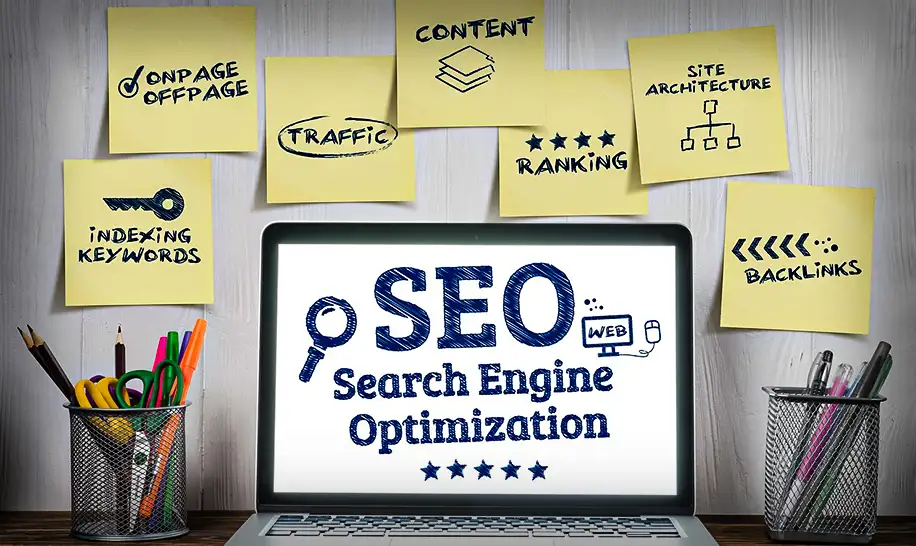
Exploring Multiple Approaches to Website Optimization.
- Introduction to Website Optimization Techniques
Introduction to Website Optimization Techniques
In today's competitive digital environment, website optimization is a fundamental step for businesses that want to succeed online. A well-optimized website delivers a faster, more engaging experience to users while also improving visibility on search engines like Google. Whether your goal is to enhance customer engagement, improve search rankings, or drive more conversions, website optimization plays a pivotal role. As consumer expectations for speed, design, and functionality continue to rise, organizations must take a strategic and ongoing approach to refining their websites. In this article, we will examine essential website optimization strategies that can help improve performance and user satisfaction.
Content Optimization for Improved Visibility and Engagement
Content optimization is essential for attracting visitors and improving search rankings. It ensures your website speaks directly to your target audience while meeting the technical expectations of search engines.
Key strategies for content optimization include:
- Conducting keyword research to identify relevant and high-traffic search terms.
- Structuring content with headings and subheadings to improve readability.
- Crafting optimized meta titles and meta descriptions that encourage clicks.
- Incorporating internal links to related pages to strengthen website navigation and SEO.
- Refreshing and updating content regularly to maintain accuracy and relevance.
Mobile Optimization for Enhanced Accessibility Across Devices
Mobile optimization ensures that users have a seamless experience, no matter what device they are using. With mobile traffic steadily increasing, providing a mobile-friendly website is essential for both user satisfaction and search engine rankings.
Key elements of mobile optimization include:
- Responsive design that adjusts layouts for smartphones, tablets, and desktops.
- Touch-friendly navigation to ensure links and buttons are easy to interact with on small screens.
- Faster load times by compressing images, minimizing code, and leveraging caching.
- Compliance with mobile-first indexing, which prioritizes mobile-optimized pages in Google's search algorithm.
Page Speed Optimization for Better Website Performance
Page speed is critical for keeping users engaged and reducing bounce rates. A faster-loading website also performs better in search engine results.
Effective methods to improve page speed include:
- Minimizing HTTP requests by reducing unnecessary scripts and stylesheets.
- Asynchronously loading JavaScript files to prevent delays in page rendering.
- Utilizing Content Delivery Networks (CDNs) to distribute assets globally and reduce server response times.
- Compressing images using modern formats like WebP for smaller file sizes.
- Enabling browser caching so repeat visitors experience faster load times.
User Experience Optimization for Higher Engagement
User experience optimization focuses on creating an intuitive and enjoyable journey for visitors, making it easier for them to find information and take desired actions.
Best practices for UX optimization include:
- Clear and simple navigation that guides users effortlessly through your website.
- Consistent and professional page layouts that promote trust and clarity.
- Effective calls-to-action (CTAs) that stand out and encourage user interaction.
- Accessibility features such as alt text and keyboard navigation for users with disabilities.
- Collecting user feedback through surveys and usability tests to identify and address pain points.
SEO Optimization for Greater Search Engine Visibility
SEO optimization is key to ensuring your website ranks well in search engine results and attracts organic traffic.
Important SEO practices to follow:
- Incorporating relevant keywords naturally throughout your content and headings.
- Optimizing on-page elements like title tags, meta descriptions, and image alt text.
- Creating a clean and descriptive URL structure that enhances usability and SEO.
- Improving technical SEO by submitting XML sitemaps and fixing broken links.
- Building authoritative backlinks from reputable external websites to strengthen domain authority.
Conclusion: A Holistic Approach to Website Optimization
Website optimization is an ongoing process that combines content, mobile responsiveness, speed, UX, and SEO strategies. By addressing these key areas, businesses can deliver faster, more accessible, and engaging experiences to their users. An optimized website not only supports higher search engine rankings but also contributes to better conversion rates and long-term business success. As digital trends continue to evolve, staying proactive with website improvements will help ensure that your online presence remains competitive and aligned with customer expectations.



